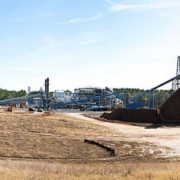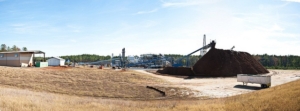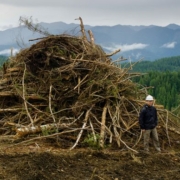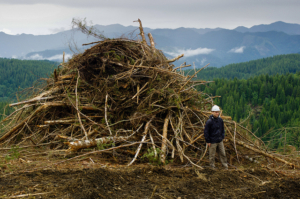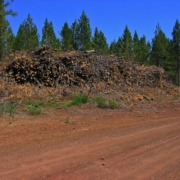Woody Biomass: A Nature’s Packaging Study – Part 2
***Nature’s Packaging continues this week with Woody Biomass – Part 2***
How Does Woody Biomass Produce Energy?
Woody biomass produces energy through several methods:
Combustion
Combustion of biomass is one of the oldest controllable energy resources. Combustion involves burning wood to produce heat.
It is a chemical reaction during which oxygen and biomass combine under high temperatures to produce water vapor, carbon dioxide, and heat.
Combustion is a widely used process to generate electricity that is an efficient, economical, and practical energy source.
Gasification
Gasification involves converting woody biomass into a fuel gas. The combustible gas can then facilitate powering engines. The process of gasification uses a low amount of oxygen and when utilized to convert solid carbonaceous materials, it can also produce hydrogen-rich gas.
Pyrolysis
Pyrolysis is a promising way of generating energy from waste. During pyrolysis, wood is heated without oxygen to produce a liquid or solid fuel.
Biomass pyrolysis involves breaking down organic matter into simpler molecular chains using heat. This process produces not only energy but also fuels and other chemicals. The fuels created using the fast pyrolysis process have the potential to help reduce vehicle greenhouse gas emissions by a whopping 51% to 96%.
Heating biomass breaks it down into cellulose, lignin, and hemicellulose. These components can be used to produce energy through combustion or other means.
Other Products from Woody Biomass
Woody biomass is a versatile resource that can be utilized to create many different types of products, the following are just a few:
Biochar
We have covered biochar in a previous Nature’s Packaging blog post. Biochar is a form of carbon generated from biomass sources like wood chips, plant residues, and other agricultural waste products. It is created to convert biomass carbon product into a more stable form, otherwise known as carbon sequestration.
Biochar isn’t actually a single product. Instead, biochar is many different forms of black carbon that are unique in chemical and physical composition due to the original feedstock materials, creation process, cooling methods, and overall storage conditions.
Wood Vinegar
Wood vinegar is a liquid byproduct derived from the production of charcoal. It is a liquid generated from the combustion and gas of fresh wood burning in airless conditions. When the gas is cooled, it condenses and the remaining liquid is a vinegar product. Raw wood vinegar contains more than 200 chemicals
Wood vinegar is used to improve soil quality, eliminate pests, and control plant growth. It accelerates the growth of roots, stems, tubers, leaves, flowers, and fruit, but can be very toxic to plants if too much is used in application. Wood vinegar is safe for living matter and organisms in the food chain, especially to insects that help pollinate plants.
Wood-based Polymers and Composites
Recycling wood from end of life utility in packaging, construction debris, and demolition waste then combining those materials with plastics to form wood-polymer composites (WPC) creates strong wood-based products that have very wide usage capabilities. These recycled composites have very low environmental impact in terms of global warming potential (GWP), and greenhouse potential. The versatility of wood-polymer composites allow products to be created that have pre-determined strength values that correspond to their many applications.
Chemical Source Materials
In the past, it was something of a challenge turning woody biomass into fuels or other primary products. The lignin present was difficult to extract. Now through thermodynamic breakdown and chemical science, the lignin can be extracted and is quite good as a bio-polymer additive to adhesive formulas and also can be further processed into binding agents, dispersing agents, and emulsion stabilizers. Meaning that its versatility in multi-functional chemical applications makes it an excellent application in chemical manufacturing processes.
Woody Biomass in the Future
Technological advancements in the forest product sciences are finding more functional uses for woody biomass every year. Starting as a sustainable resource and source of energy that can be replenished over time, it is an environmentally friendly catalyst that is now finding new applications in materials science.
As the need for energy sources grows, woody biomass is complementary to other natural energy sources like wind and solar and ensures energy security for manufacturing and production-based industries. Thus, commercial companies are exploring many different types of bioenergy solutions.
Developing the technology to enhance the economic viability of woody biomass ensures a sustainable future for energy production. Its renewable, carbon-neutral, and lower environmental impact is an ideal attribute for future needs.


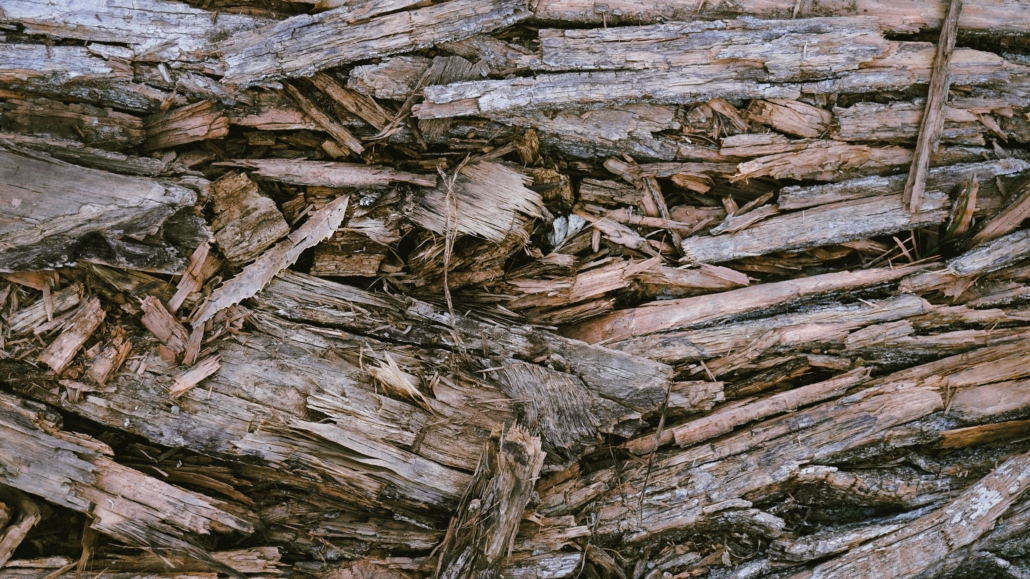 Photo by
Photo by 

